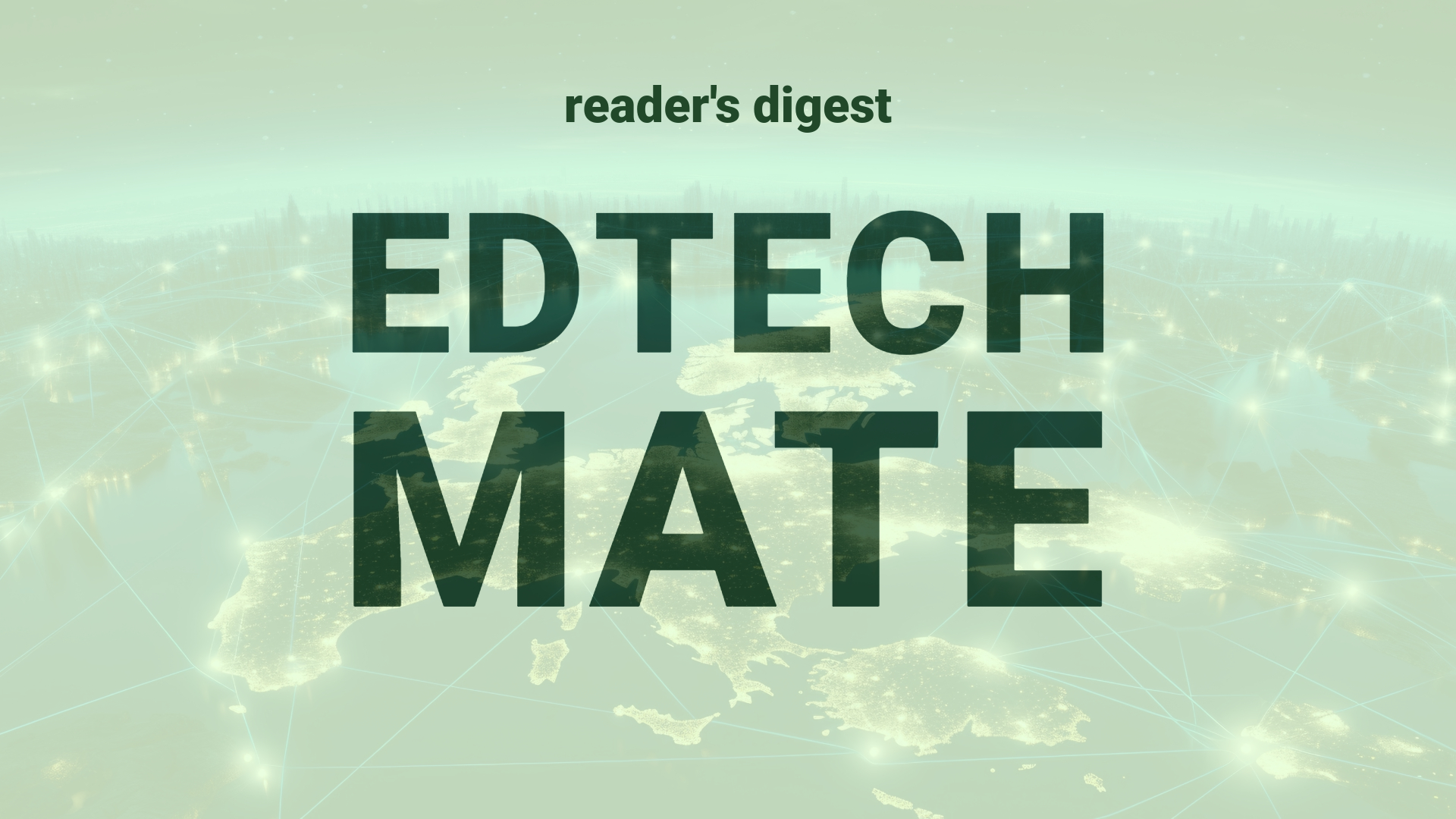Executive Summary and Main Points
Microsoft Philanthropies is engaging nonprofit leaders to deepen their understanding of Artificial Intelligence (AI) through a creative and interactive initiative using Microsoft Designer. Participants are encouraged to craft 3D illustrations that personify themselves and their organizations, which introduces them to natural language processing capabilities to instantiate images from textual descriptions. This initiative not only serves to educate on AI but also to stimulate the integration of intelligent digital tools in the nonprofit sector.
Potential Impact in the Education Sector
The introduction of user-friendly AI tools like Microsoft Designer could significantly permeate Further Education and Higher Education sectors by providing students and educators with a platform to bring creativity and technology together. For Micro-credentials, such initiatives can facilitate the development of practical AI applications as part of the curriculum. Strategic partnerships between tech companies and educational institutions could also be galvanized, further enhancing digital competency across sectors.
Potential Applicability in the Education Sector
AI tools that convert natural language into visual content have diverse applications in the global education milieu. They can be utilized for generating educational content, aiding in the visualization of complex concepts, or providing interactive experiences that augment traditional learning. These tools have the potential to democratize design skills, allowing students and educators across various disciplines to manifest ideas into digital representations without needing advanced technical expertise.
Criticism and Potential Shortfalls
While the initiative by Microsoft Philanthropies showcases an innovative use of AI, there are concerns including reliance on AI that may diminish traditional design skills, possible misrepresentation due to bias in AI algorithms, and the ethical implications of AI-generated content. Comparative international case studies have shown differing acceptance and effectiveness of such technology due to cultural context and digital literacy levels, which could impact global scalability and inclusivity.
Actionable Recommendations
Educational leaders should consider incorporating AI design tools into pedagogy to support digital literacy and creative problem-solving. To maximize benefits, it is crucial to establish robust training programs that address AI ethics, promote cultural sensitivity, and critically engage with the technology’s capabilities and limitations. Partnerships with tech companies should aim to tailor AI tools for educational purposes and maintain a dialogue that ensures the evolving tech is accessible and aligns with educational values.
Source article: https://techcommunity.microsoft.com/t5/nonprofit-techies/microsoft-philanthropies-nonprofit-microsoft-designer-ai/ba-p/4124733

